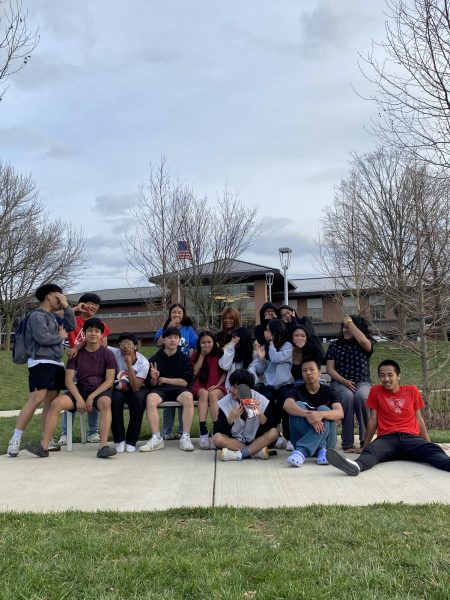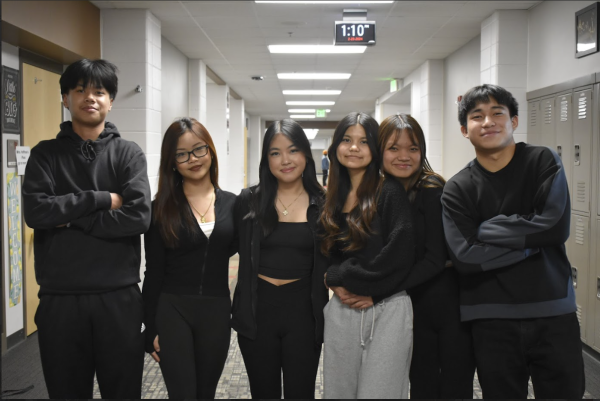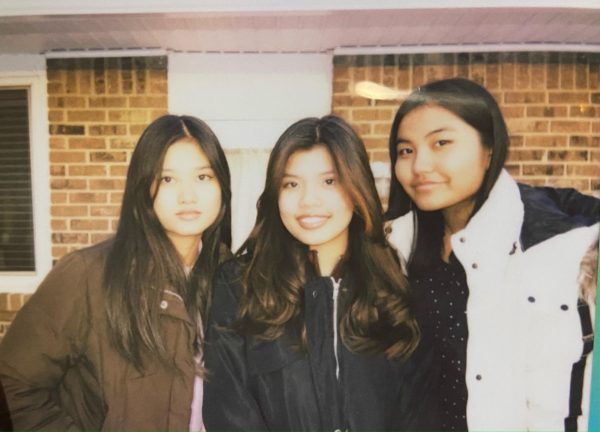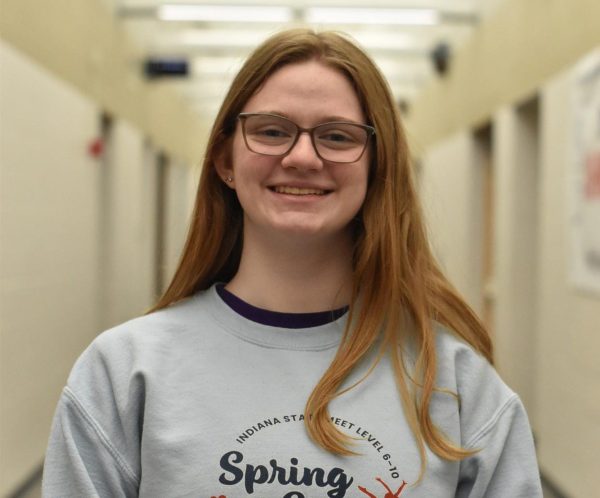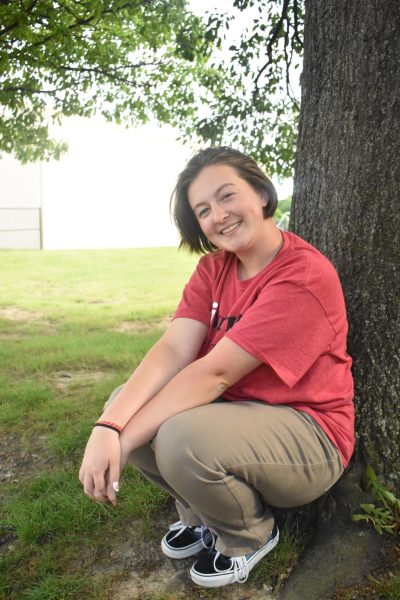The choice of wearing a hijab
Two students discuss their personal choice of modesty
Sophomore Sai Kabagenyi was bullied at school due to her skin color. Her only form of comfort was through the Islam holy book, the Qur’an which encouraged her to begin wearing a hijab, a head covering.
In fifth grade she began wearing a hijab, though the bullying continued, only now for wearing a hijab, Kabagenyi did not let that deter her from wearing her it.
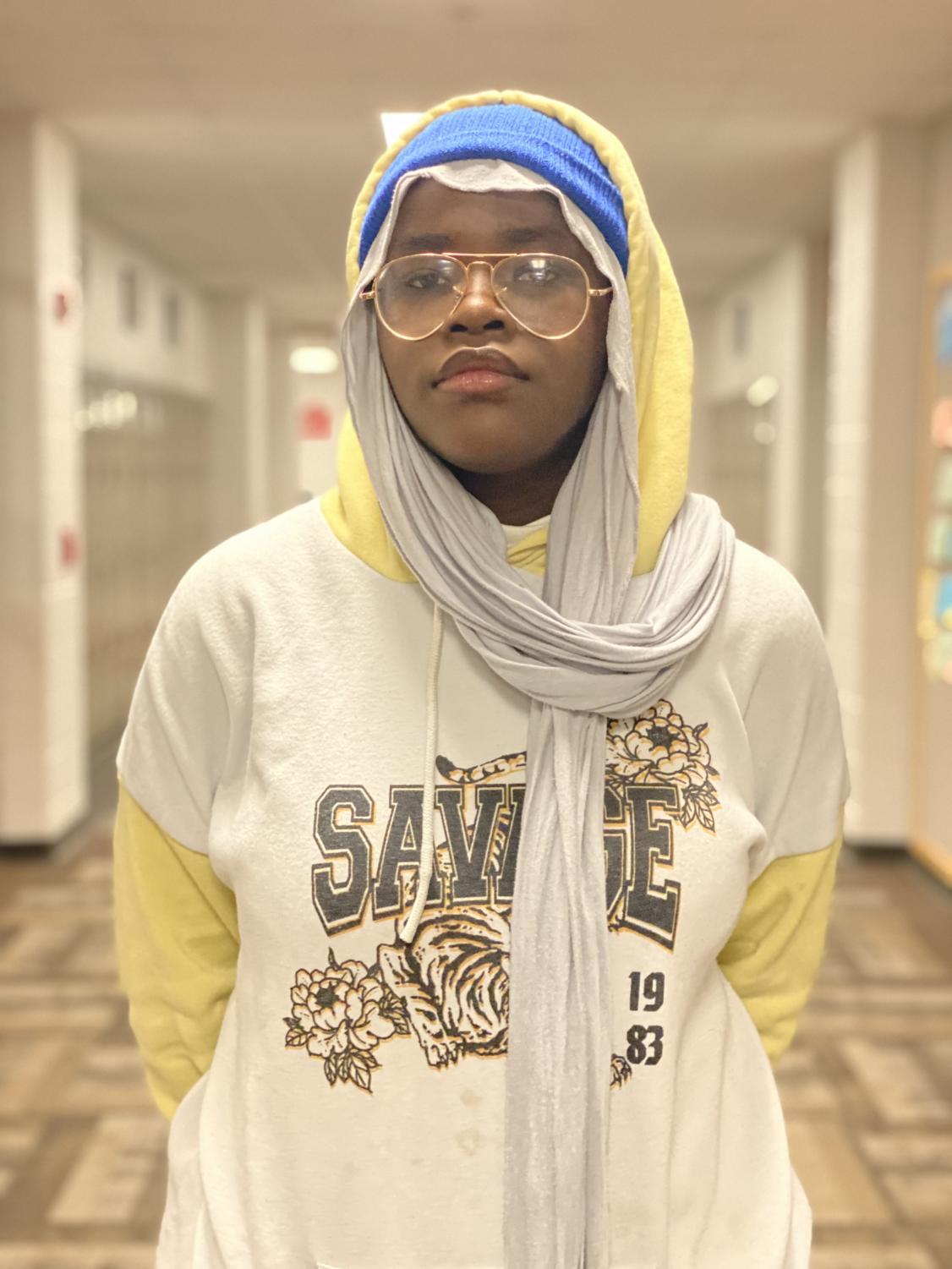
She said they told her that her hijab made classmates, and even a teacher, feel unsafe and uncomfortable, yet she didn’t allow that to affect her beliefs.
“My hijab is like everything to me,” Kabagenyi said.
The hijab is a head covering that symbolizes modesty in Islam. Women often wear them when around men that are not close family members.
While her family doesn’t enforce wearing hijabs, once Kabagenyi started wearing one, so did all of her sisters.
Sophomore Nahlah Al Tabtabai chooses not to wear a hijab because in places such as Lebanon, Morocco and Tunisia, women who decide not to wear a hijab are harassed, discriminated against and even killed.
“I choose not to wear one because I feel like I’m embarrassed by it,” Al Tabtabai said.
She doesn’t like how she looks when she is in a hijab, which adds to the reason she chooses not to wear it. Whenever she does, she uses it as a tool to make a statement.
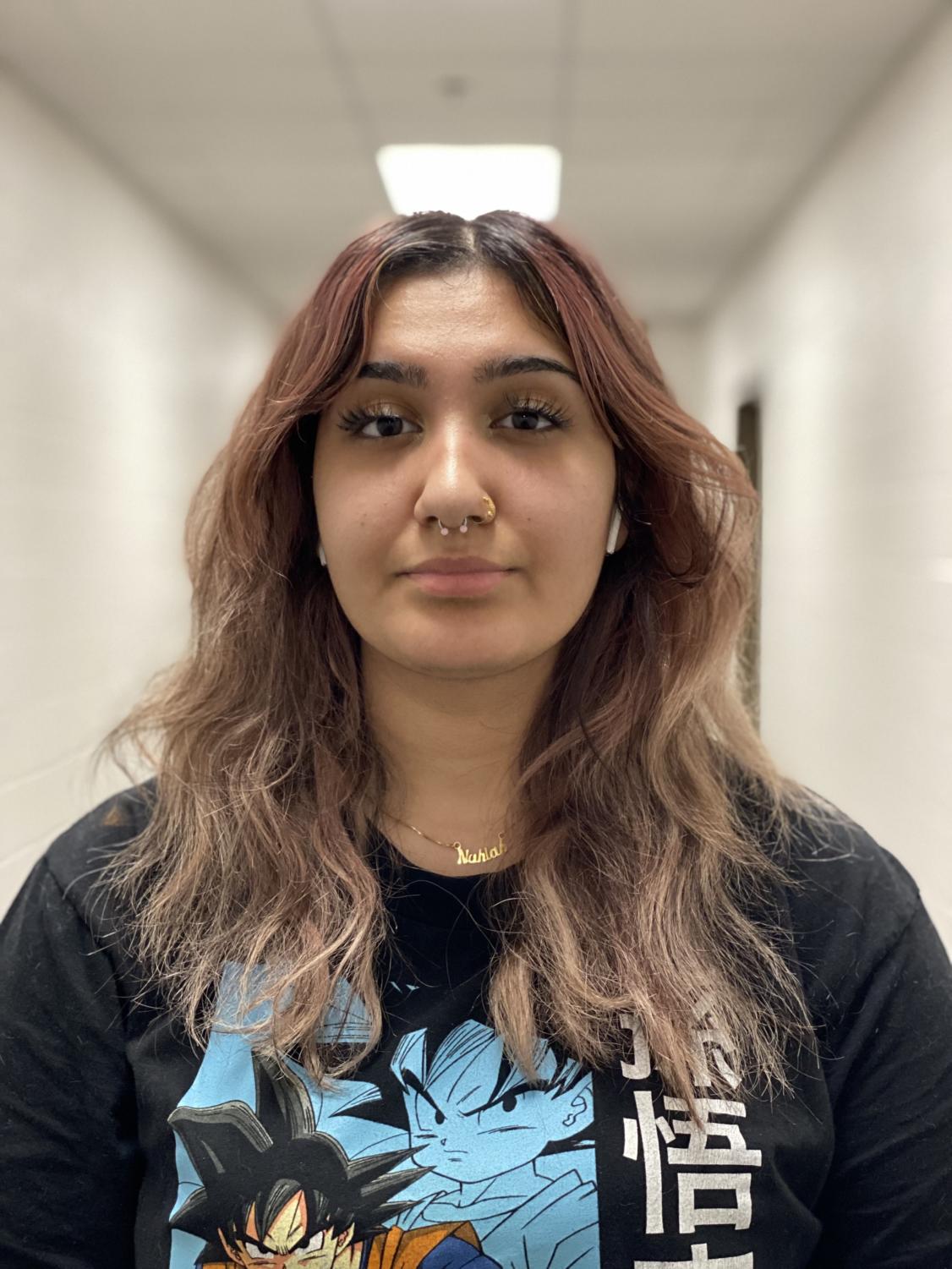
Her family, though they are religious, don’t mind much about the fact Al Tabtabai doesn’t wear her hijab. Her mother decided to stop wearing one a year after she moved to the U.S.
While both Al Tabtabai and Kabagenyi make different decisions on wearing or not wearing a hijab, they both agree that allowing someone to make that decision is important.
“Don’t let someone force you to wear [a hijab] if you don’t want to,” Kabagenyi said.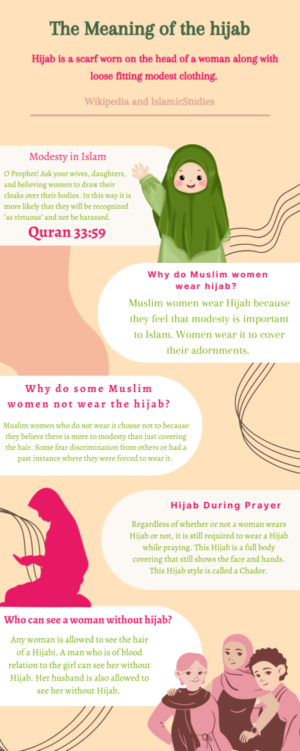
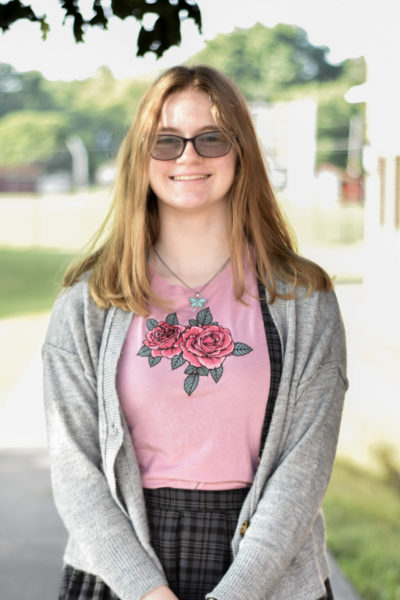
Hi! I’m Elisabeth Pointer. I’m a junior, and this is my second year writing for culture. I never took a journalism class, but after learning about...


